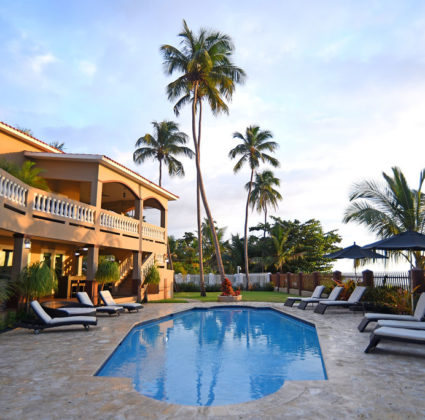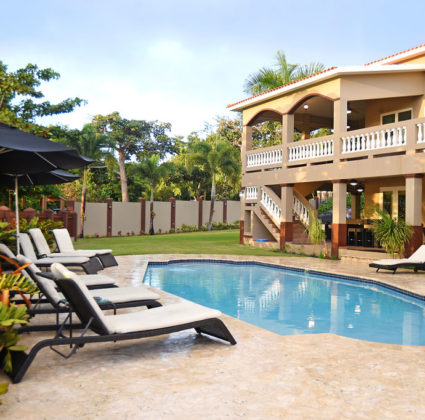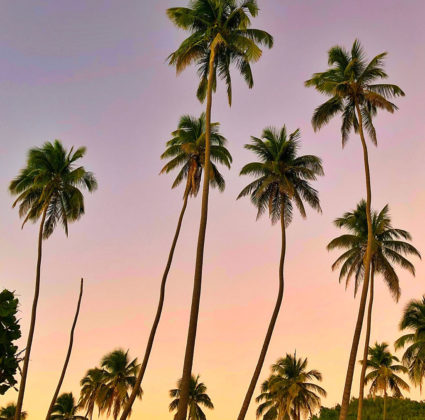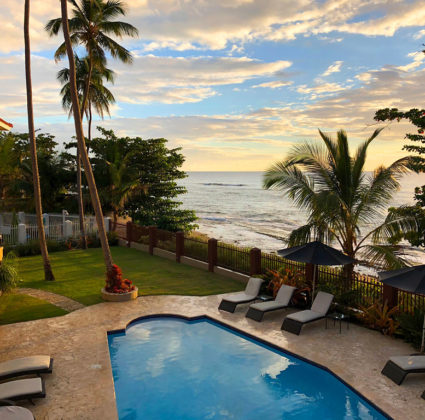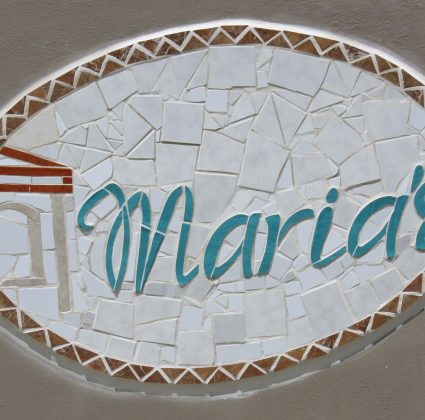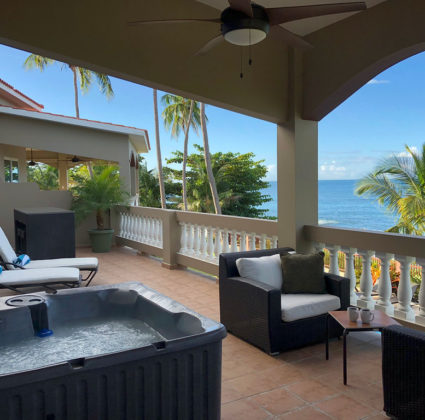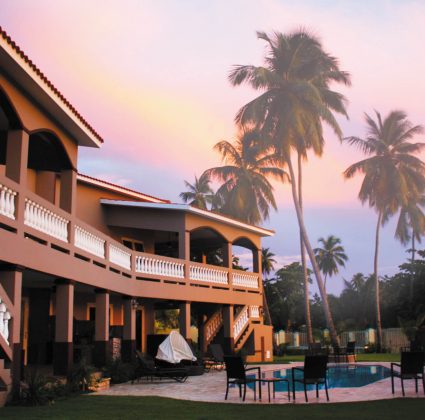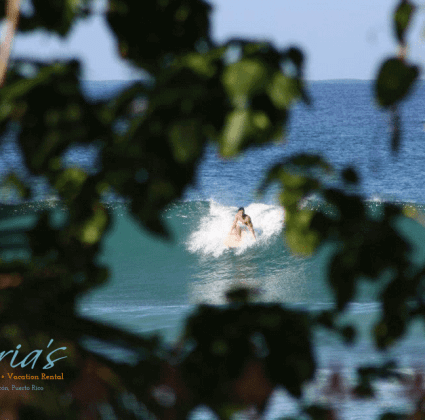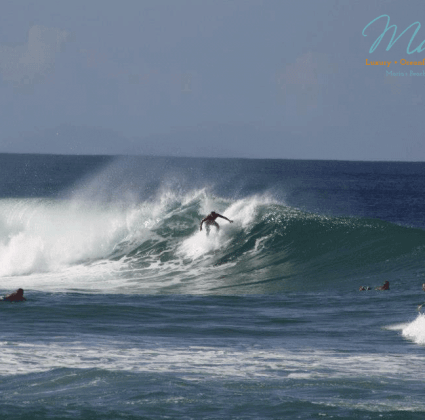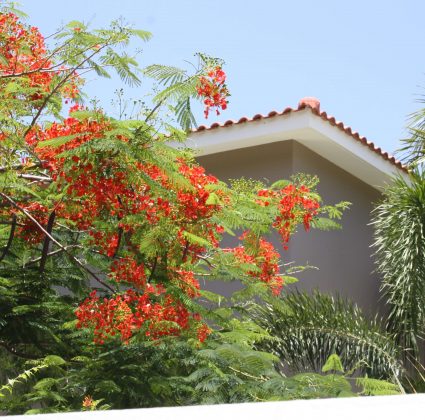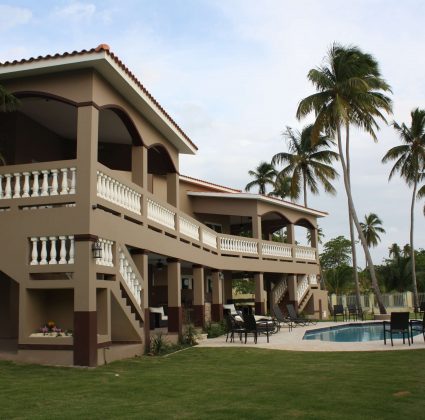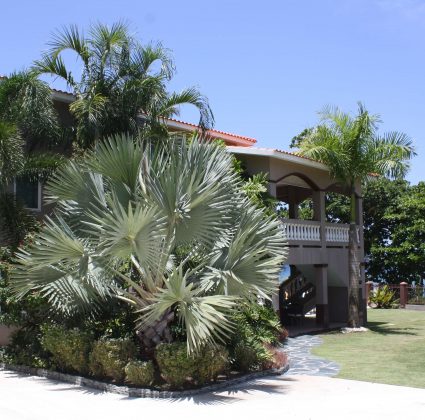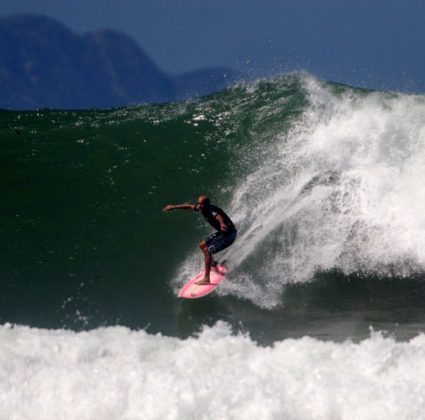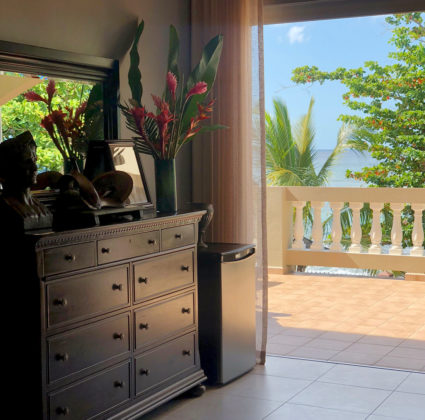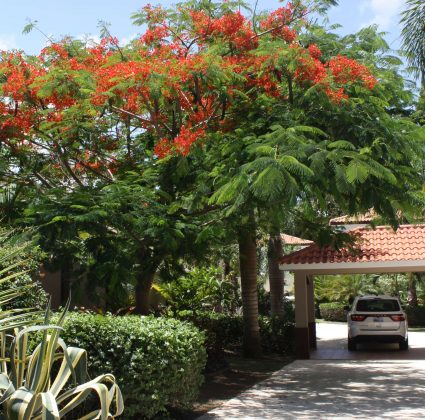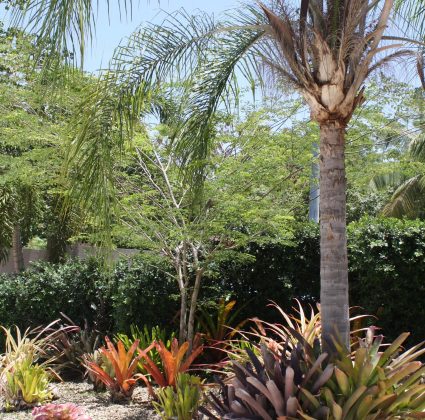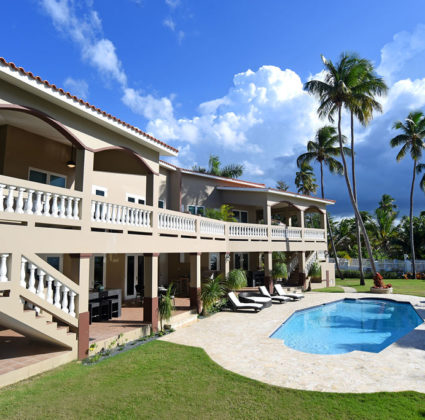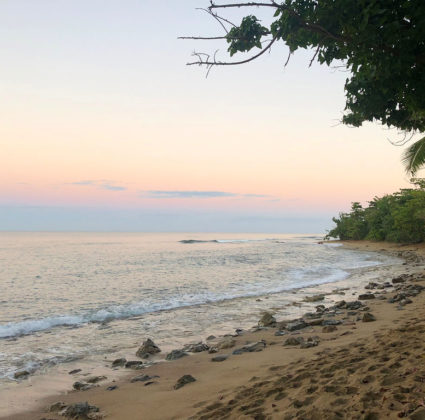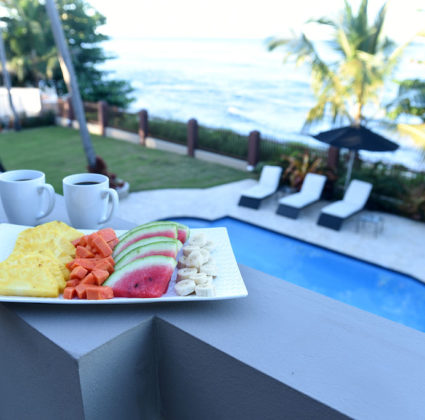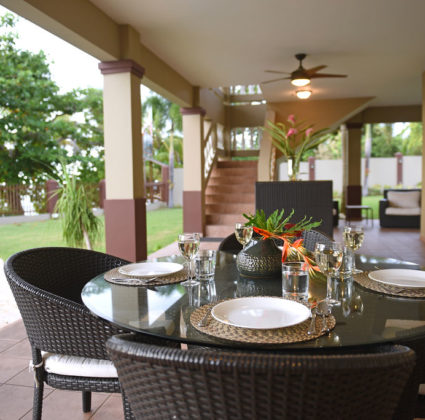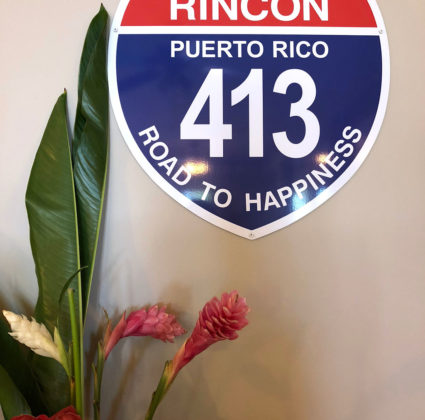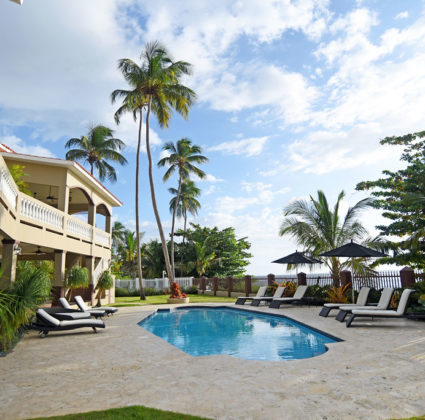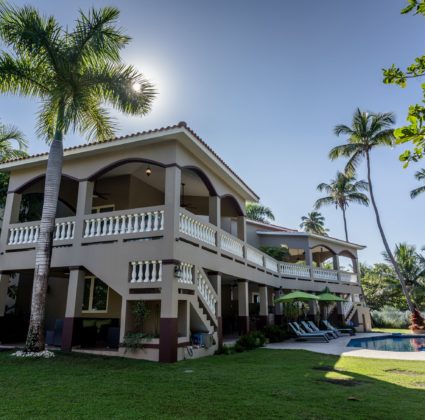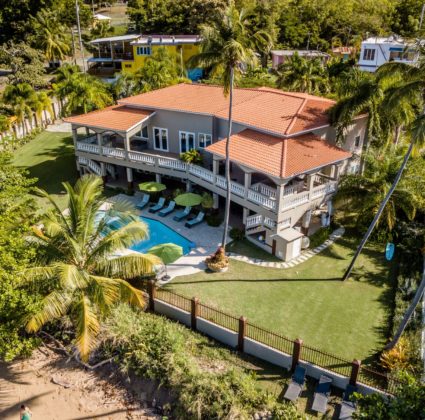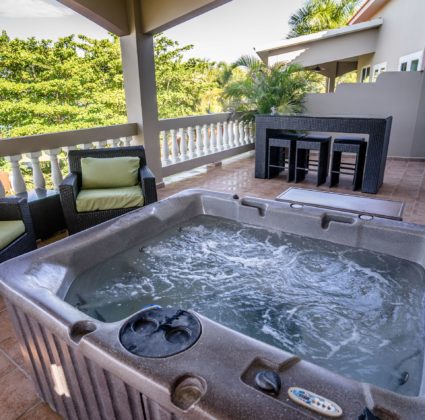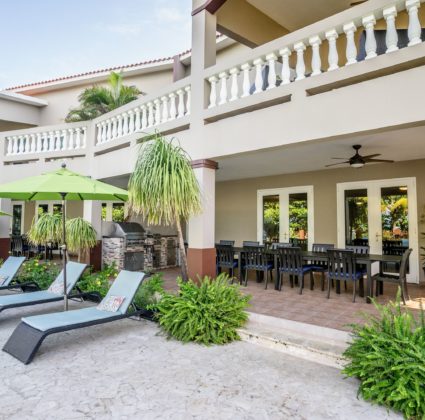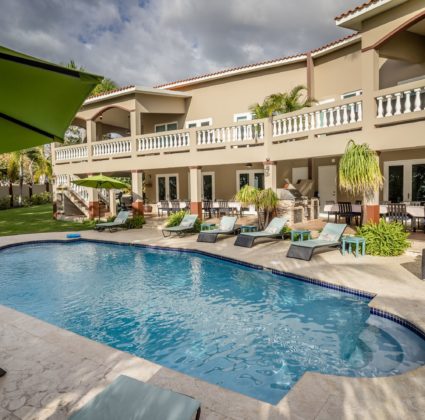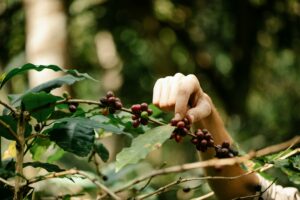 With its warm, tropical climate, Puerto Rico is a popular tourist destination. However, that same climate that makes it so hospitable to tourists also plays a key role in another key industry on the island, agriculture. Among the most notable of Puerto Rico’s agricultural products is coffee, which has a long history on the island and continues to be an important commodity today. Learn the history of Puerto Rico’s coffee industry and what coffee production looks like today.
With its warm, tropical climate, Puerto Rico is a popular tourist destination. However, that same climate that makes it so hospitable to tourists also plays a key role in another key industry on the island, agriculture. Among the most notable of Puerto Rico’s agricultural products is coffee, which has a long history on the island and continues to be an important commodity today. Learn the history of Puerto Rico’s coffee industry and what coffee production looks like today.
The History of Coffee in Puerto Rico
According to Discover Puerto Rico, coffee was first grown on the island during the 18th century; it is debated whether or not coffee production began in 1736 by the Spaniards or if a Corsican monk introduced coffee in the late 1700s. Regardless, coffee production in Puerto Rico quickly grew throughout the next two centuries, and Puerto Rican coffee became considered among the best in the world. In fact, it was so well-renowned that the Vatican purchased Puerto Rican coffee for the pope.
Unfortunately, since the late 1800s, Puerto Rico’s coffee industry has declined. According to Perfect Daily Grind, when the United States annexed the island, the government incentivized farmers to grow other crops like sugarcane and pineapples. Later, in the 1950s, the United States government attempted to modernize the Puerto Rican economy, which often ignored or came to the detriment of local agriculture. Today, economic factors and natural disasters continue to harm Puerto Rico’s coffee industry.
How Puerto Rico’s Environment Influences Coffee Production
The environment of Puerto Rico plays a key role in the production of coffee, as well as the flavor of the beans. Most of Puerto Rico’s coffee is grown in La Cordillera Central, the interior mountain range of Puerto Rico, and throughout the region are various microclimates that result in different flavor profiles, according to Perfect Daily Grind. Also, according to Discover Puerto Rico, the island’s volcanic soil, the high altitude of the growing regions, and the coffee being grown in the shade contribute to the unique flavor profile of Puerto Rican coffee.
Puerto Rican Coffee Today
Today, there are around 4,000 coffee farmers in Puerto Rico who collectively produce 3 million pounds of green coffee annually, according to Perfect Daily Grind. To try the most authentic Puerto Rican coffee, it is best to try local brands that use 100% Puerto Rican-grown beans. For the best experience, take the time to visit one of Puerto Rico’s coffee haciendas, which can be found all over Puerto Rico’s mountainous interior. A few notable haciendas to visit include Hacienda Lealtad (a historic hacienda dating back to Spanish colonial rule) in Lares, Sandra Farms (a coffee plantation focused on sustainability that also produces chocolate) in Adjuntas, and Hacienda San Pedro (a fourth-generation coffee plantation) in Jayuya, according to Discover Puerto Rico.
For the avid coffee drinker, Puerto Rico is an absolute paradise. Whether you choose to drive up to the coffee haciendas in the mountains, or if you prefer a cup of coffee while watching the waves, book your stay with Maria’s. When you’re ready to stay with us, booking is done through Twin Palms, Maria’s rental, and onsite management. Please visit our booking page on this website to view the availability of Maria’s and fill out our convenient contact form. If you have any additional questions regarding Maria’s, you may call Elizabeth at 787-685-6648 (español: Cristina at 787-449-3673).



